|
The days are lengthening and the temperatures are gradually beginning to rise. The plants in the garden and the hedgerow are enjoying the return of the spring as they open their bright flowers to the day. The first few flowers are a welcome sight, snowdrops which grow so readily wherever they are planted, celandine and primroses brighten the woodlands, lane-ways and stream-sides across the breadth of the island and the swelling and opening of catkins begin on the hazel; pendant lamb-tails that flutter in the breeze. Snowdrops - Galanthus, are now well on their way to being spent, the nodding heads of this dainty flower bloom when the darkest days of winter have just passed, impervious to the ice and bitter chill, when life in the roots beneath the frozen earth; spring forth. The humble Snowdrop has its origins in the mountainous alpine regions of Southern Europe, where their world is much colder and winters can be much harsher. It is thought that snowdrops had been brought by monks to the UK and then to Ireland, sometime in the sixteenth century. Now they are to be found in many country estates, favouring shady areas such as woodlands, banks, hedgerow bases and can be seen carpeting many a churchyard, the reason, perhaps, for some of the darker lore that surrounds snowdrops. In contrast, in Irish folklore, the flower’s associations with the Pagan ideals of health and wellbeing was as a bringer of hope and purity, the rich green coloured stem and the nodding white flowers which symbolised the light of the winter sun as it began to grow stronger each day. Primroses - Primula vulgaris, the welcome sight of these pale yellow flowers as they wreathe the shady banks, damp woods and along the roadsides and streamsides of rural Ireland. In ancient times, these charming flowers were considered a symbol of safety and protection and thought to hold the keys to heaven, so were considered to be sacred by the Celtic people. Widely distributed in many lowland areas it is essentially a plant of woodlands and hedgerows though it can occur abundantly in grasslands and other communities such as heaths, in northern and western Ireland, it may also be found in open and even exposed habitats such as cliff edges. Its distribution is linked with soil moisture and atmospheric humidity. Primroses are a native perennial forming clusters of leaves, from the centre of which erupt the flowers from March to May and the flowers come in two distinct forms, pin and thrum; avoiding self-pollination helps to keep the primrose gene pool healthy. Intriguingly, primroses are pollinated by wild bees and bumblebees with the seeds distributed by ants. The seeds come with a fleshy elaiosome bump on the surface of the seed that is rich in proteins and designed to attract ants. The ants pick up the seeds and carry them away to their nests, where the elaiosome is eaten (often by the larvae) and the seed is discarded – unharmed outside their nest. Celandines - Fiscaria verna, a ground hugging native perennial of the buttercup family and found throughout Ireland. These welcome flowers are among the first to show their colours in spring, studding fields, banks of streams and rivers, damp verges and shadier places with brilliant yellow stars. Celandines respond to the daylight, opening their flowers as the sun rises and closing at dusk and like true sun-worshipers, they will also close up before rain is due, hiding their beauty until the sun touches them once again. Because of this, It was once thought that you could use lesser celandine to predict the weather. The spreading clumps of heart shaped leaves emerge from the soil before the golden flowers, are held aloft on swaying stems. As one of the first flowers to appear after winter, they provide an important nectar source for queen bumblebees and other pollinators emerging from hibernation. Hazel - Corylus avellana, the tree at the World's End, it is often considered the Irish tree of knowledge, according to Celtic mythology and was said to bestow wisdom.
A native large shrub or small tree of spreading, bushy habit with almost round leaves with a serrated edge. Most noticeable for the long, yellow male catkins that can appear in early February; although the tiny, red-styled female flowers which appear at the same time are often missed. They must be pollinated by wind-blown pollen from another hazel tree. They are found in woodland and hedgerows across the country and have been a staple of hunter-gatherers since ancient times. This nutrient dense nut is one of Ireland's most productive and sustainable sources of protein as squirrels know only too well, caching them in autumn for critical nutrition when needed.
0 Comments
|
WildEdges
A haven of quiet countryside highlighting issues affecting the natural world. Categories
All
|
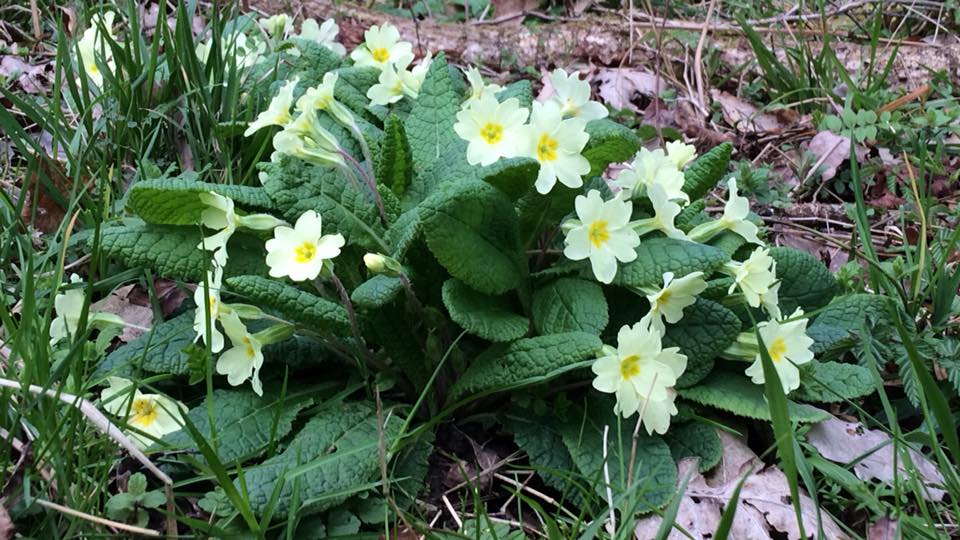
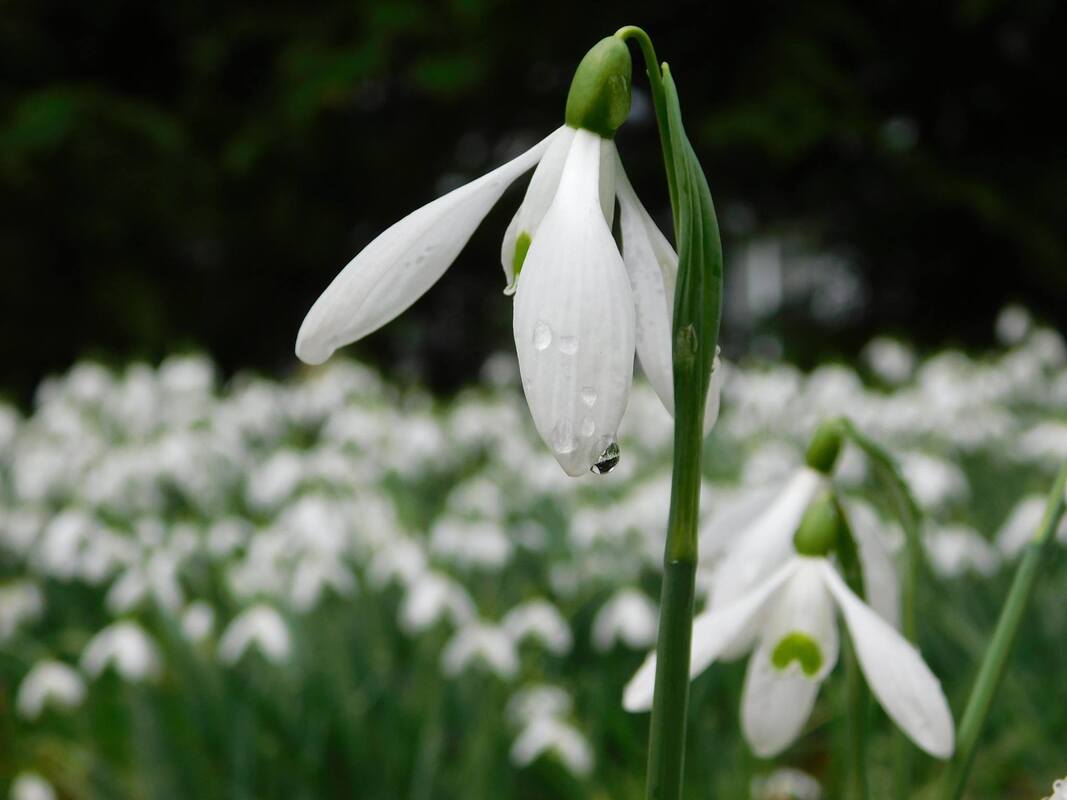
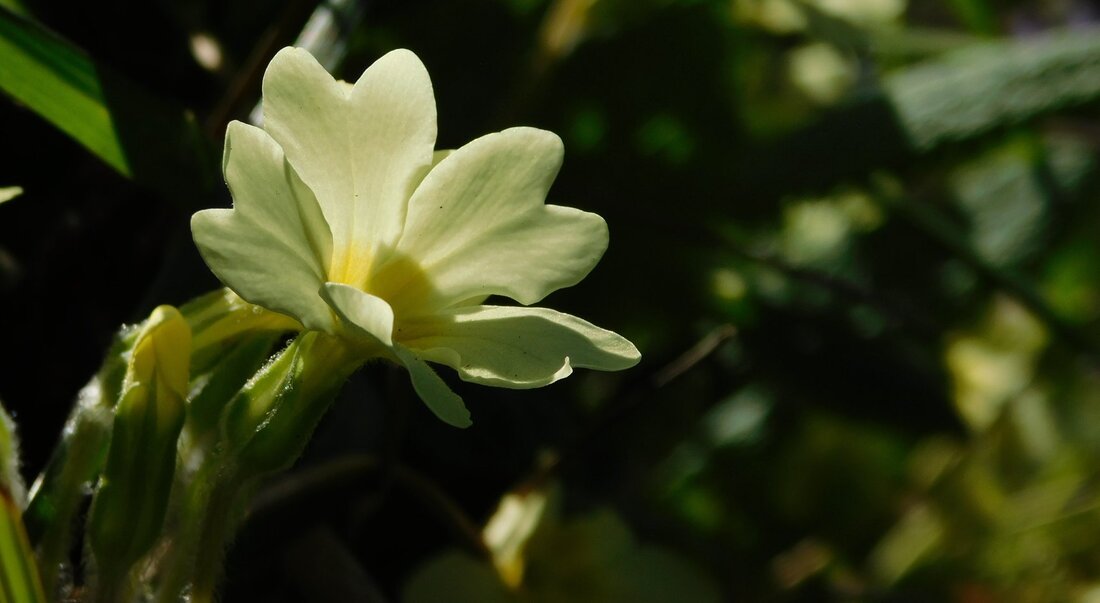
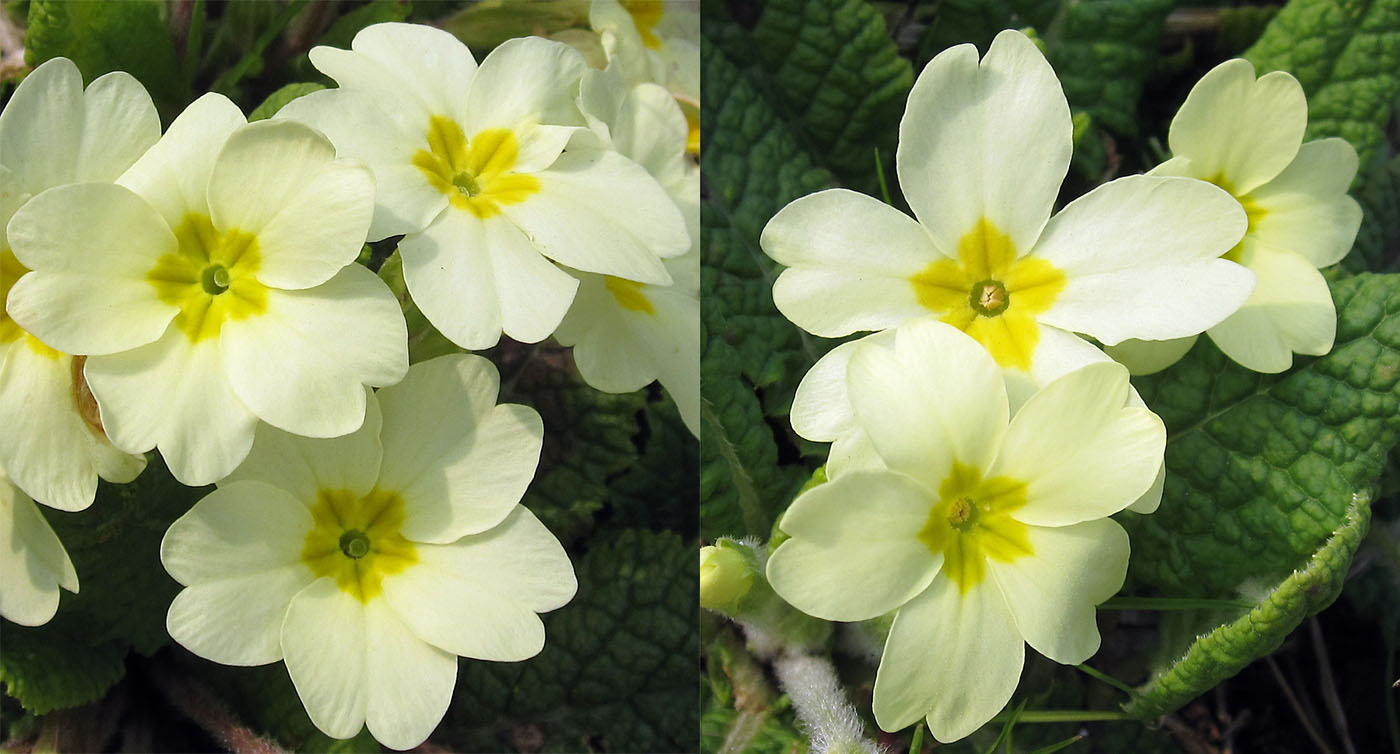
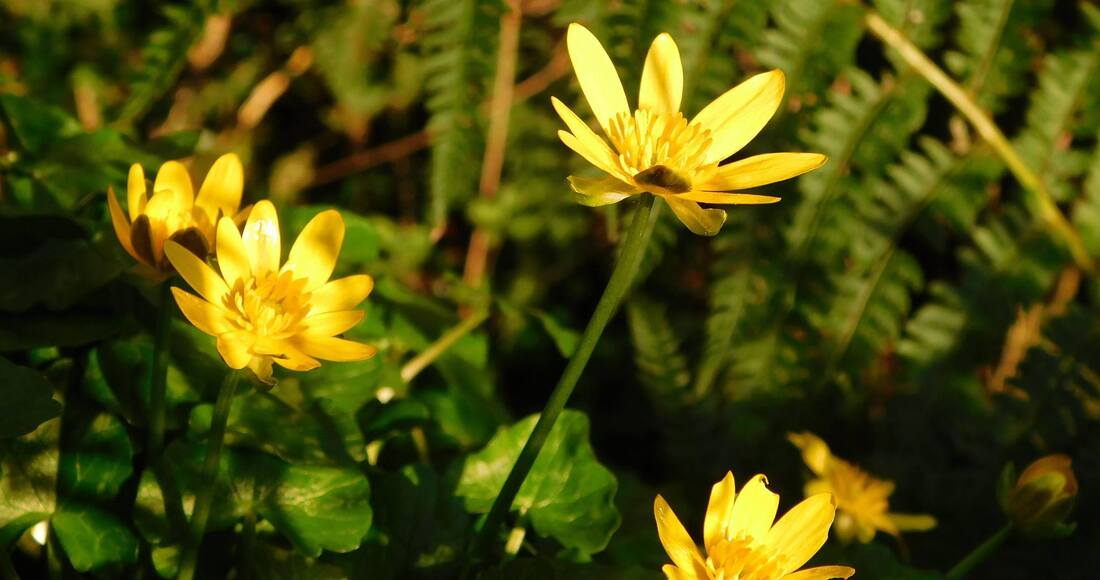
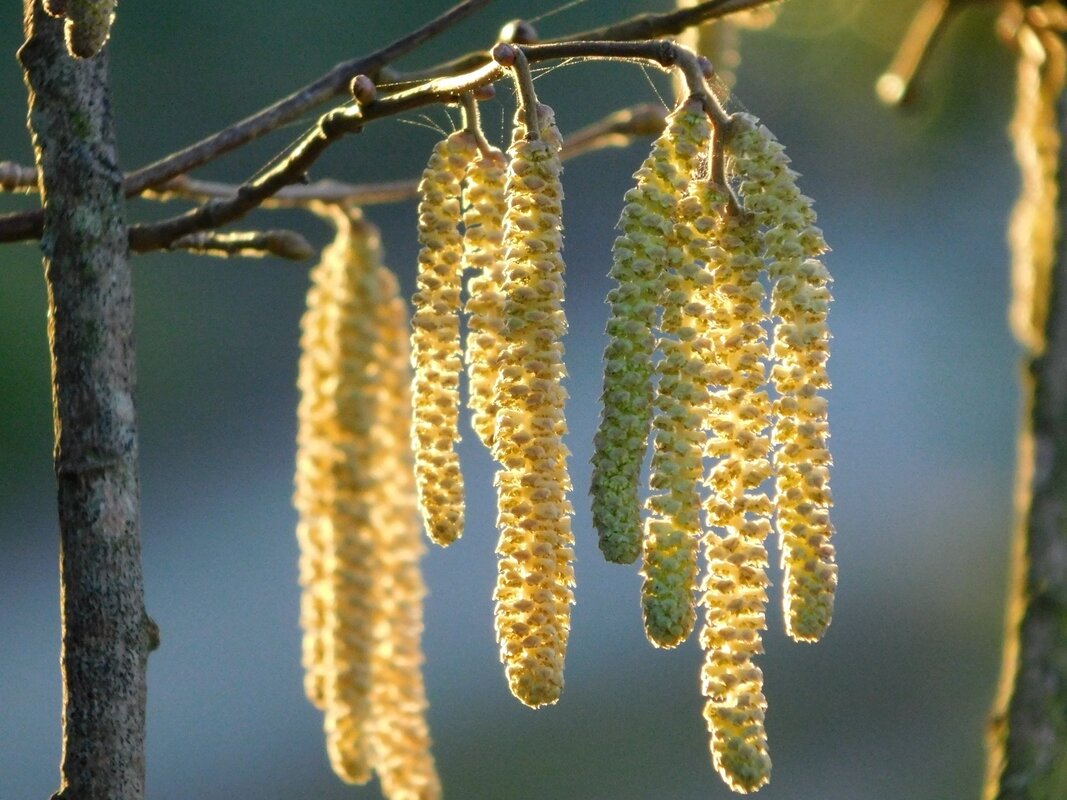
 RSS Feed
RSS Feed